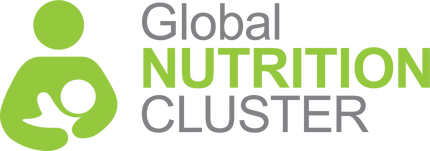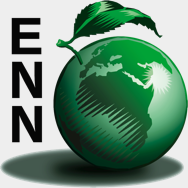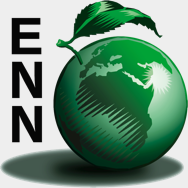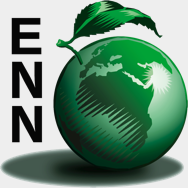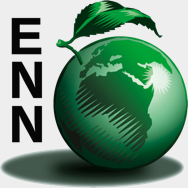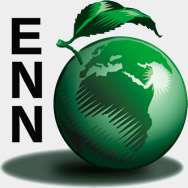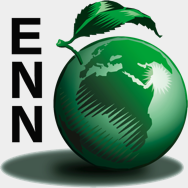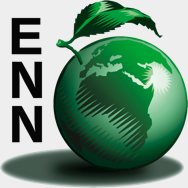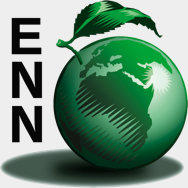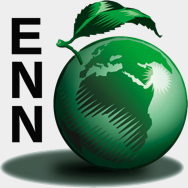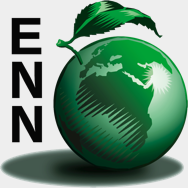Resources
Wet nursing for refugee orphans in Bangladesh
This article shares the practical realities of identifying wet nurses for young orphans where artificial feeding is not considered a sa...
Livelihoods, livestock and humanitarian response: the Livestock Emergency Guidelines and Standards
This Network Paper discusses livelihoods-based livestock programming and its role in humanitarian emergency response. It highlights the...
Infant formula: Home preparation of powdered infant formula - is it safe?
Powdered infant formula is not sterile - this has become a concern after the recent increase in the notification of serious cases and o...
HIV, infant feeding and more perils for poor people: new WHO guidelines encourage review of formula milk policies
Bulletin of the World Health Organization 2008;86:210-214. Abstract The release of the new WHO guidelines on HIV and infant feeding, ...
Armenian IYCF-E Case Study
The earthquake of 1988, the conflict between Azerbaijan and Nagorno-Kharabagh, which resulted in the economic blockade against Armenia ...
10 Pasos para una alimentación infantil segura en situaciones de desastre y emergencia
Translated title: 10 steps for safe infant feeding in disaster and emergency situations. Spanish document included, and English version...
Where and why are 10 million children dying every year?
Black RE, Morris SS, Bryce J Lancet 2003, Jun 28;361:2226-2234 Infants, 0 - 5 months of age who are not breastfed have seven-fold and ...
Non-fat dry milk in humanitarian orperations
Past and present issues. Background paper: NON-FAT DRY MILK IN HUMANITARIAN OPERATIONS. Gives a good background but some issues have mo...
